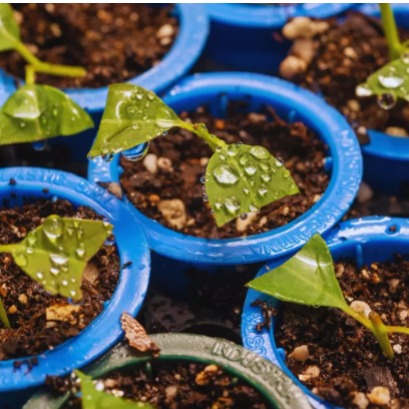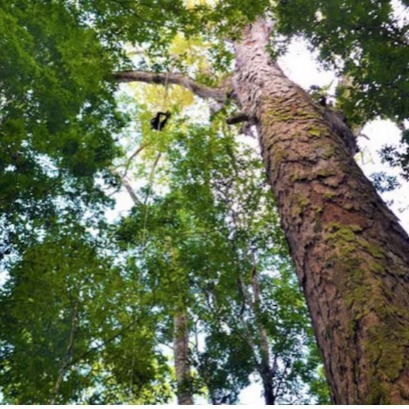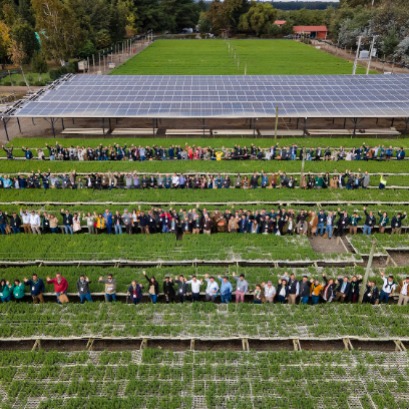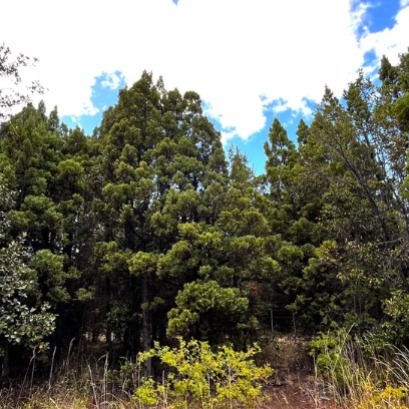
Argentines, Brazilians and Uruguayans with a common goal: they verified that forest improvement with DNA studies can be accelerated and without the need to go to the field
The genetic improvement of animals and plants is a process as silent as extensive. Especially in the case of trees, which can take decades to express their characteristics and slow down the choice, a key step to obtain overcoming species. A recent study of INTA researchers, Conicet, Embrapa (Brazil) and UPM-Forestal Eastern (Uruguay) proposes a mechanism to accelerate it and make it less expensive.
Actually, they discovered that it is effective to apply genomic selection, already used in other fields, to forest improvement. That is to say, instead of delaying years in field observation to evaluate the growth and quality of the wood, DNA information can be used to make predictions and accelerate the selection process. The work entitled ?Genomic Selection in Forest Trees Comes to Life: Unraveling ITS Potential in An Advanced Four-generation, published in the magazine Frontiers in Plant Science, evaluates four generations of four generations of Eucalyptus grandis to see how likely it is to anticipate the growth in volume, the density of the wood and the performance of pulp only with genomic and phenotypic data of previous generations of the tree. This study highlights the enormous potential of the genomic selection to make more efficient the improvement of the trees, reducing costs, evaluation times, and allowing to select superior individuals with greater precision, said the researcher Eduardo Eduardo Eduardo Eduardo Eduardo Eduardo Eduardo Eduardo CAPPA, which belongs to INTA and CONICET. More than 34,000 trees with three -year growth data were evaluated, and the only one of the aspects that were difficult to estimate is volume growth. that these advances have for the forestry sector, since they can reduce or eliminate the long and expensive field tests, in which the offspring is evaluated.
IT MAY INTEREST YOU
 The two highest trees in the Amazon: one of them is found in Peru
The two highest trees in the Amazon: one of them is found in Peru
According to the inhabitants, the seeds, leaves and resin of the Peruvian tree are part of the traditional remedies used to combat fever and asthma
 Chile | TrawŁ Forestal celebrated its 20th version with focus on the challenges and opportunities of the sector
Chile | TrawŁ Forestal celebrated its 20th version with focus on the challenges and opportunities of the sector
The traditional meeting brought together the small, medium and large forest companies, state agencies and international experts, in the Agromen nursery of the Itata Valley, —uble region, to share experiences and strengthen the Chilean forest chain. This Thursday, May 29, the 20th version of the Forestry TrawŁ, an annual event organized by Corma and the Agromen company, which has established itself as one of the most relevant meeting spaces for small and medium forest companies in the country, was held.
 The silent, but vital work of dead wood in the forests of Patagonia
The silent, but vital work of dead wood in the forests of Patagonia
Dead wood, far from being waste, is vital in Patagonian forests. It favors regeneration, fertilizes soil and refuge fauna, according to LanŪn Park. Your key role after fires





















